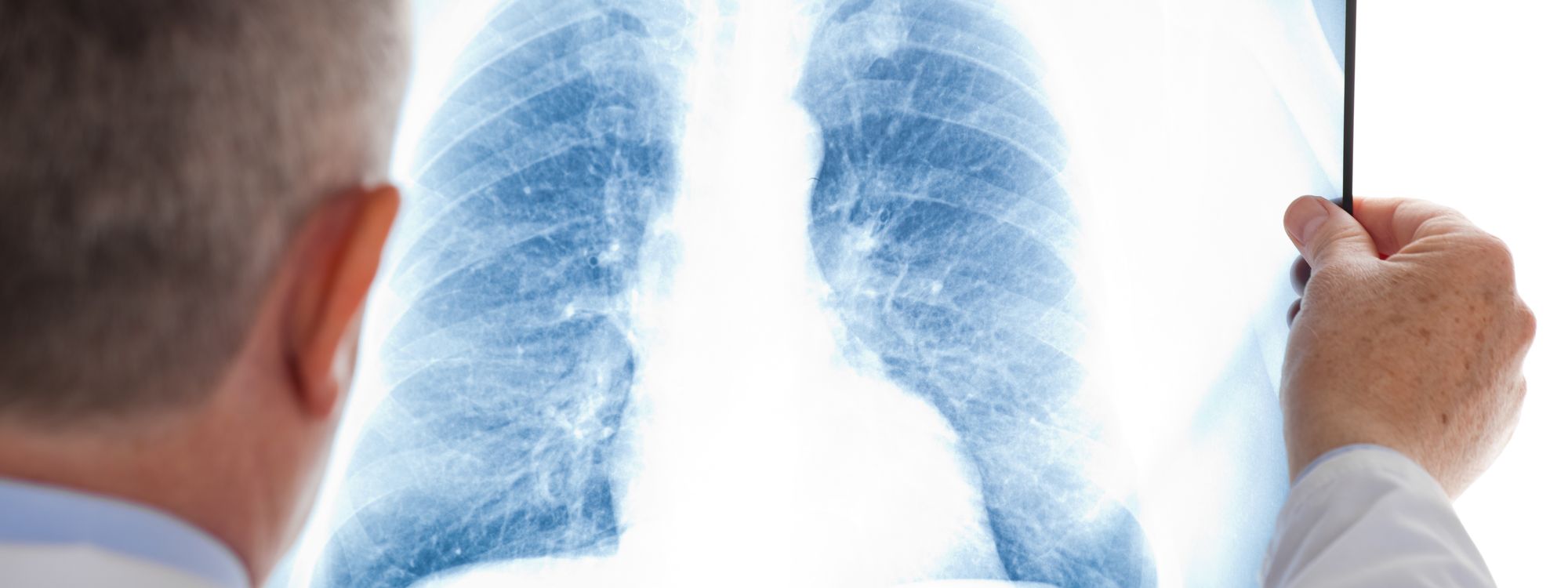
Pulmonary embolism (PE) is a serious medical condition that requires immediate attention. This article aims to provide a comprehensive understanding of this condition, its symptoms, and the importance of early detection and treatment.
Pulmonary embolism is a medical condition that occurs when a blood clot or other material travels through the bloodstream and lodges in one of the arteries in the lungs. This blockage can affect the flow of blood to the lungs, which can be life-threatening. The most common cause of PE is deep vein thrombosis (DVT), a condition in which blood clots form in the deep veins of the body, typically the legs.
While PE can be fatal, early detection and treatment can significantly reduce the risk of death. Therefore, understanding the symptoms and seeking immediate medical attention if they are present is crucial.
The symptoms of PE can vary depending on the size of the clot, the extent of lung involvement, and individual health factors. Some common symptoms include:
Less common symptoms can include:
It's important to note that these symptoms can also be associated with other conditions. Therefore, if you experience any of these symptoms, it is crucial to seek immediate medical attention for a proper diagnosis.
Early detection and treatment of PE are essential in reducing the risk of death. When PE is suspected, medical professionals will typically use imaging tests to confirm the diagnosis. Once confirmed, treatment often involves anticoagulant medications to prevent the clot from growing and to reduce the risk of future clots.
Prevention is also a key aspect of managing the risk of PE. This can include lifestyle changes such as regular exercise, a healthy diet, and quitting smoking. In some cases, individuals may be prescribed anticoagulant medications as a preventive measure.
In conclusion, pulmonary embolism is a serious medical condition that can be life-threatening if not treated promptly. By understanding the symptoms and seeking immediate medical attention, the risks associated with PE can be significantly reduced. Always consult with healthcare professionals if you suspect you may have this condition. Remember, early detection and treatment are crucial in managing PE effectively.